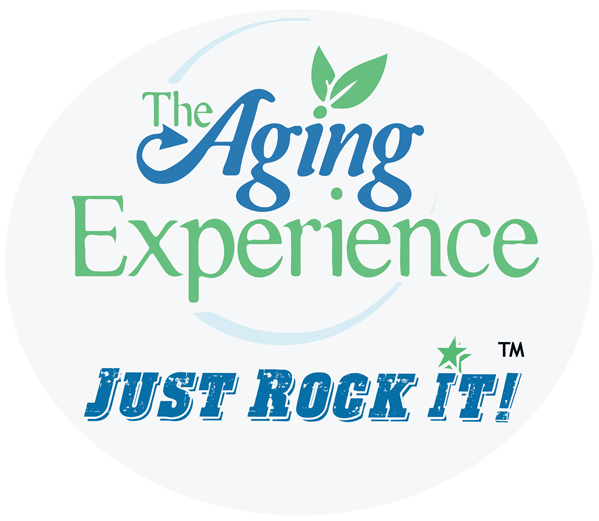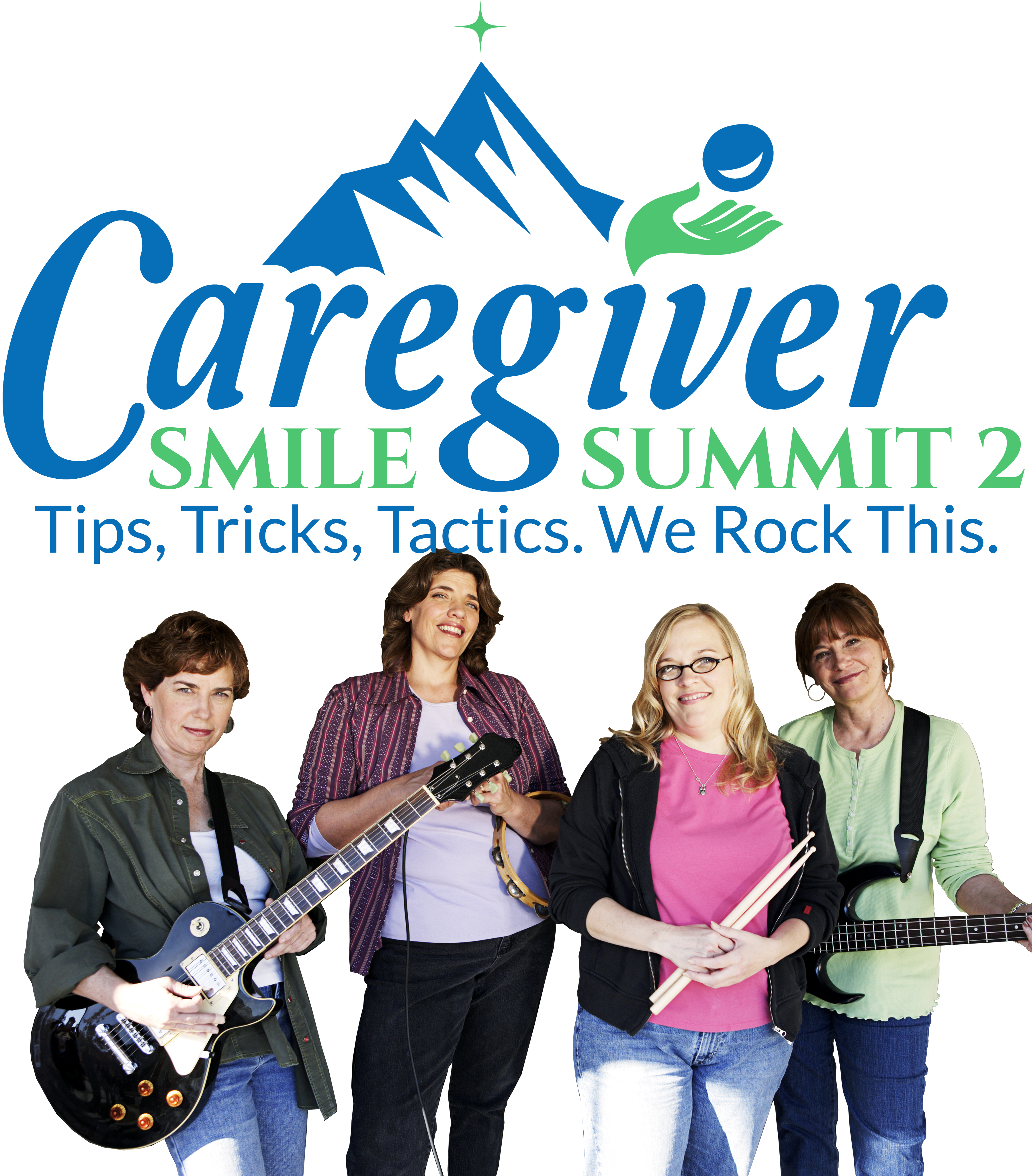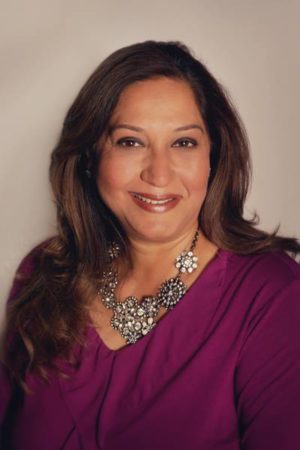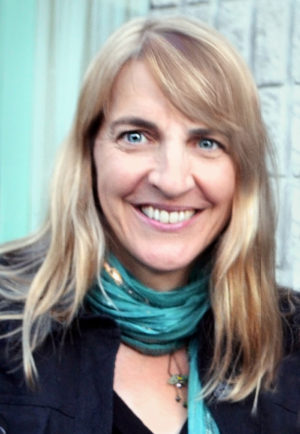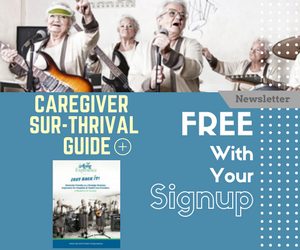4 WAYS TO COMBAT SENIOR ISOLATION THIS HOLIDAY SEASON
4 WAYS TO COMBAT SENIOR ISOLATION THIS HOLIDAY SEASON
According to the AARP, 51 percent of people over 75 live alone, facing senior isolation. That’s 15 million people in the U.S., including 27 percent over 65. Of those numbers, 26 percent face an increased risk of death due to subjective feeling of loneliness.
Consider the poignant story from China of senior isolation victim Han Zicheng as told in the Washington Post:
Han posted a note in a bus shelter. According to the Post, the headline read: “Looking for someone to adopt me.” The text that followed said: “Lonely old man in his 80s. Strong-bodied. Can shop, cook, and take care of himself. No chronic illness.”
A woman saw the note and posted it on social media. He received extensive media coverage but, unfortunately, died before anyone could help – his death mostly unnoticed, his adoption just a dream.
Carol Marak, an expert in senior isolation, calls these people “elder orphans.” Isolation can lead to poor physical and mental health as well as thoughts of suicide – thoughts Han had had as he desperately sought companionship.
A Rush University study showed that housebound seniors are twice as likely to develop Alzheimer’s disease as more active individuals.
I spoke recently on the Charlotte Today Show about some of the things we all can do to help solo agers.
Use Social Technology
There are people who simply cannot leave their homes. So, socialization must come to them. Certainly, we need more intergenerational programs in the community, but older people have a great capacity to learn.
My late mom knew how to use an iPad and was on Facebook. Organizations like Senior Net provide classes to older and disadvantaged populations. Tools like Skype and Zoom can help people connect with others.
They not only can connect an older person with family, but they could just as well be used for the charity they volunteer for or a board they serve on. This way, while their physical involvement is limited, their knowledge and input are useful.
Find People Who Are Interested in the Things You Are
Sites like meetup.com can connect you with people who share your interests. Get involved in the arts if that is your thing. Go out and sing karaoke with friends! Take an acting class – any activity you enjoy will help you socialize with others.
Meet Through a Charity Connection
Go to the Charity Walks Blog and find causes you can adopt that meet your values. You will then find other like-minded people too!
Find a Buddy!
Home sharing is a growing phenomenon. Sometimes it takes the form of simply renting a bedroom to someone in your home. Ideally, the home sharer helps with specified tasks, which could include shopping, preparing meals, walking the dog, and gardening.
Mutual support and companionship lie at the heart of home sharing.
Emulate the Adopt an Elder Foundation in California, which provides financial and advocacy assistance to low-income elders, thus allowing them to maintain independence and quality of life.
In my area of Charlotte, North Carolina, Love Inc helps congregations in forming one or more LINC (Love In the Name of Christ) teams.
A team is a group of six to 12 individuals who agree to provide certain types of services such as transportation, grocery shopping, yard work, house cleaning, visitation, meal preparation, and telephone contact.
Check out Angela Bronson’s buddy program in Los Angeles. Once a month, her third-grade students visit residents in the Jewish Home for the Aging where they interview and write a short biography on the life of their elderly buddy.
Considering that 19 percent of women ages 40 to 45 have no children, you quickly realize that this problem can continue for generations. So, it’s best to be prepared sooner than later. Help an older person now and see that favor returned as you age too!
Do you have an elderly relative or friend who lives on their own? What do they do to stay connected with the world? How do you help them? Do you know of any local organizations that help older people who live solo? Please help start the conversation.
Let’s Have a Conversation!
Moving More in Old Age May Be Linked to Sharper Memory
Moving More in Old Age May Be Linked to Sharper Memory
Older adults who move more, either with daily exercise or even simple routine physical activity like housework, may preserve more of their memory and thinking skills, even if they have brain lesions or biomarkers linked to dementia, according to a study published in the online issue of Neurology®.
“Our research team measured levels of physical activity in study participants an average of two years prior to death, and then examined their brain tissue after death, and found that moving more may have a protective effect on the brain,” said study author Aron S. Buchman, MD, of the Rush University Medical Center in Chicago and a member of the American Academy of Neurology. “People who moved more had better thinking and memory skills compared to those who didn’t move much at all. We found movement may essentially provide a reserve to help maintain thinking and memory skills when there are signs of dementia present in the brain.”
The study looked at 454 older adults; 191 had dementia and 263 did not. All participants were given physical exams and thinking and memory tests every year for 20 years. Participants agreed to donate their brains for research upon death. The average age at death was 91.
At an average of two years before death, researchers gave each participant an activity monitor called an accelerometer. The wrist-worn device monitored physical activity around the clock, everything from small movements such as walking around the house to more vigorous movements like exercise routines. Researchers collected and evaluated seven days of movement data for each participant and calculated an average daily activity score. The results were measured in counts per day, with an overall average of 160,000 counts per day. People without dementia had an average of 180,000 counts per day and people with dementia had an average of 130,000 counts per day.
After death, researchers examined the brain tissue of each participant, looking for lesions and biomarkers of dementia and Alzheimer’s disease.Researchers found that higher levels of daily movement were linked to better thinking and memory skills. The study also found that people who had better motor skills, skills that help with movement and coordination, also had better thinking and memory skills.
For every increase in physical activity by one standard deviation, participants were 31 percent less likely to develop dementia. For every increase in motor ability by one standard deviation, participants were 55 percent less likely to develop dementia.Buchman said analysis showed that physical activity and motor abilities accounted for 8 percent of the difference among people’s scores on the thinking and memory tests.
The relationship between moving and test scores was consistent even when researchers adjusted for the severity of participants’ brain lesions. They also found that the relationship was consistent in people who had dementia and people who did not.
The link between a higher level of physical activity and better thinking and memory skills was unrelated to the presence of biomarkers of Alzheimer’s disease and related disorders.
“Exercise is an inexpensive way to improve health, and our study shows it may have a protective effect on the brain,” said Buchman. “But it is important to note that our study does not show cause and effect. It may also be possible that as people lose memory and thinking skills, they reduce their physical activity. More studies are needed to determine if moving more is truly beneficial to the brain.”
Our Friday Song of the Week – I’m Not Your Steppin Stone
Our Friday Song of the Week – I’m Not Your Steppin Stone
Rita Anand is participating in the Caregiver Smile Summit
Rita Anand is participating in the Caregiver Smile Summit
Rita is participating in the Caregiver Smile Summit.
Rita is a woman with a clear and intrinsic desire to help seniors and those caring for them. An Alzheimer’s and Dementia Trainer specializing in Memory Care, she is also a Certified Activity Consultant & Educator and Certified Assisted Living Manager. She is a valued consultant to assisted-living and long-term care facilities, retirement communities and home and adult day care facilities. She is Founder and President of Beyond Golden Era, LLC, a company dedicated to educating caregivers and healthcare professionals on how to effectively serve the elderly with dementia. And she is founder of Dementia Angels, a premier information and services resource that personally aids and prepares clients for the varying physical, mental and emotional challenges inherent in the beginning, middle and end stages of Alzheimer’s and dementia.
She presents nationally at facilities, churches, senior centers, hospitals, schools, nursing homes and professional conferences. Rita continually reminds her audience members that there is a beautiful and multi-faceted life story inside each elderly person, and that taking the time to learn about a patient’s background can make a vital difference in the effectiveness of care.
Her topic is: Normal Memory Loss or Dementia – Knowing the Difference
Find out more about the Caregiver Smile Summit – www.caregiversummit.org
Kathryn Harrison is participating in the Caregiver Smile Summit
Kathryn Harrison is participating in the Caregiver Smile Summit
Kathryn is participating in the Caregiver Smile Summit.
Author / Illustrator Kathryn Harrison started in science then became a business professional, communicator and, finally, an artist. After she earned a B.Sc. in Neurology, she went on to receive an M.B.A and then worked for over a decade in Marketing and Communications. Following her business career, she turned to art obtaining a Fine Art Diploma from the Toronto School of Art. In writing and illustrating her award-winning picture book in 2016, Weeds in Nana’s Garden, Kathryn brought all her varied abilities together. She was compelled to create this resource for children following her family’s experience with her mother’s Frontal Temporal Degeneration. Kathryn has continued her commitment to provide resources for families impacted by dementia as a member of the team running AlzAuthors.com, an online community offering a vast collection of dementia related-resources. Most recently, she collaborated with dementia care expert, Jaclyn Guenette, to launch another children’s book, I Smile For Grandpa.
During her mother’s dementia, Kathryn’s children were young; her son was born within months of receiving her mom’s diagnosis and her daughter had just turned 2. They grew up with their Nana living with dementia but along this journey, Kathryn uncovered many benefits from their relationship together. Overall she found her children were valuable members of the caregiving team and this connection enriched both her kids and her mom. The experience led Kathryn to make it her mission to find ways to help other children better understand dementia diseases and encourage them to get more involved. To spread awareness and knowledge globally, her books are being translated into multiple languages. What’s more, proceeds from her books support the Alzheimer Society of Canada.*
Her topic is: Talking With Your Children About Dementia
Find out more about the Caregiver Smile Summit – www.caregiversummit.org
